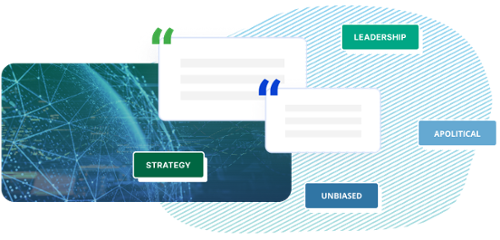The Impact of Tariffs on US Manufacturing Production
The new round of tariffs announced on April 2 will have varying impacts on businesses, especially US Manufacturing. See how ITR Economics can help!
Read the latest blog posts from the experts at ITR Economics about market and industry insights, actionable business advice, and topical economic trends.

The new round of tariffs announced on April 2 will have varying impacts on businesses, especially US Manufacturing. See how ITR Economics can help!
Despite slowing wage growth, the labor market remains tight, and gross earnings are still rising. Find out what these wage trends mean for your...
See how ITR Economics and the Financial Resilience program can fully prepare you for the 2030s Great Depression with a 15-year company forecast!
While GDP may decline in the first quarter of 2025 due to front-loaded imports, the economy is expected to recover later in the year.
Gain a clearer understanding of AI’s unique impact and future potential at the ITR Economics Summit with this presentation from Crowe experts!
Tune in to this Business Series Webinar as ITR Economics Director of Research and Development Eric Post reviews the opportunities and risks for...
Some tariffs are in place, and others are likely to take effect in the near term. Discover three essential steps you can take to navigate this new...
Discover the best practices for evaluating and realigning your supply chain at the ITR Economics Summit with this presentation from Crowe experts!
With new tariffs on goods from Canada, Mexico, and China, uncertainty is impacting businesses and the stock market. Learn how to navigate these...

A podcast for business leaders who are seeking guidance in making informed, profitable decisions.
Our objective? We pride ourselves on being first in forecasts worldwide. We deliver the best economic intelligence so you can approach crucial decisions with reliable foresight and meet or exceed your business goals.
Listen as we discuss market- and industry-specific topics leaving you with answers to, “What’s next for the economy?” and “How should I be preparing?”
What trends are contributing to this forecast? How should businesses prepare throughout the 2020s? Are there any factors that could change this forecast? Download our free eBook to start preparing today.
Pinpoint what phase of the business cycle your business is in and spot changes in the business cycle well before they take place with our proprietary methodology.